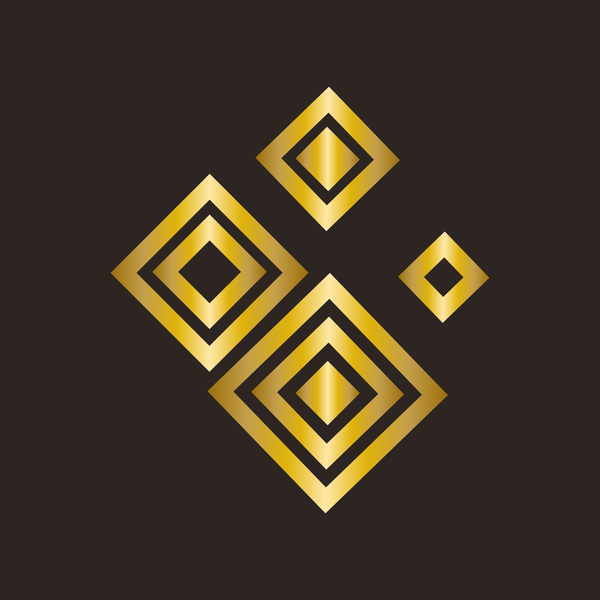
In today's world, symbols play a crucial role in communication, from traffic signs to gender identifiers. Modern society often utilizes simplified representations of male and female figures to convey gender distinctions. However, the origins of these symbols trace back to ancient civilizations, where symbolic language was used to communicate complex ideas and concepts. In the realm of Australian Aboriginal art, symbols such as the "Man" and "Woman" hold profound cultural significance, reflecting Indigenous peoples' deep connection to their land, spirituality, and ancestral stories. Let's delve into the rich history and symbolism behind these ancient icons.

In Australian Aboriginal art, the symbol of "Woman" is a powerful representation of femininity, fertility, and the nurturing spirit of women within Indigenous communities. Typically depicted as an upside-down U shape in the middle, with a coolamon and digging stick on either side, this symbol embodies the sacredness and strength of women in traditional society. The coolamon represents a traditional vessel used for carrying babies or food, while the digging stick symbolizes women's roles in gathering food and caring for the land. Variations in the depiction of the "Woman" symbol may include additional adornments or accessories, reflecting cultural diversity among different Indigenous groups and their unique storytelling traditions. These variations serve to highlight the multifaceted roles and experiences of women across various Aboriginal cultures.
Original paintings featuring the "Woman" symbol can be found in caves, rock shelters, and sacred sites throughout Australia's diverse landscapes. These ancient artworks provide valuable insights into Indigenous peoples' spiritual beliefs, cultural practices, and connections to the land. Today, visitors can explore these sites and witness firsthand the beauty and complexity of Australian Aboriginal art. From the rugged outback to coastal regions and remote wilderness areas, opportunities abound to experience the rich heritage and living culture of Australia's First Nations peoples.

In Australian Aboriginal art, the symbol of "Man" is often represented by an upside-down U shape, left on the earth after someone sits cross-legged. The tools accompanying the figure serve to define the gender, with a spear or boomerang typically depicted on either side to signify masculinity and the hunter-gatherer role traditionally associated with men. This representation reflects strength, resilience, and the essential role men play in providing for their communities. Variations in the depiction of the "Man" symbol may include additional adornments or accessories, reflecting cultural diversity among different Indigenous groups and their unique storytelling traditions. These variations serve to highlight the multifaceted roles and experiences of men across various Aboriginal cultures.
Original paintings featuring the "Man" symbol can be found in caves, rock shelters, and sacred sites throughout Australia's diverse landscapes. These ancient artworks provide valuable insights into Indigenous peoples' spiritual beliefs, cultural practices, and connections to the land. Today, visitors can explore these sites and witness firsthand the beauty and complexity of Australian Aboriginal art. From the rugged outback to coastal regions and remote wilderness areas, opportunities abound to experience the rich heritage and living culture of Australia's First Nations peoples.
The symbols of "Man" and "Woman" in Australian Aboriginal art offer profound insights into Indigenous peoples' spirituality, culture, and relationship with the land. Through their art, Aboriginal communities continue to preserve and share their stories, passing down knowledge from generation to generation. By exploring these ancient symbols and the stories they tell, we gain a deeper understanding of Australia's rich cultural heritage and the enduring legacy of its First Nations peoples. Adding those symbols into modern commodities in an artistic way can indeed help improve awareness and preserve culture and knowledge. By incorporating Aboriginal symbols into contemporary designs, we honor the rich heritage of Australia's First Nations peoples while also sharing their stories with a broader audience. This creative fusion of tradition and innovation not only celebrates Indigenous culture but also fosters greater appreciation and understanding among people from all walks of life.
